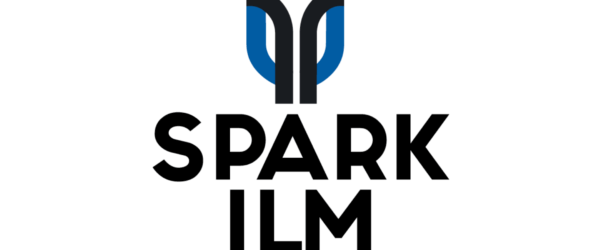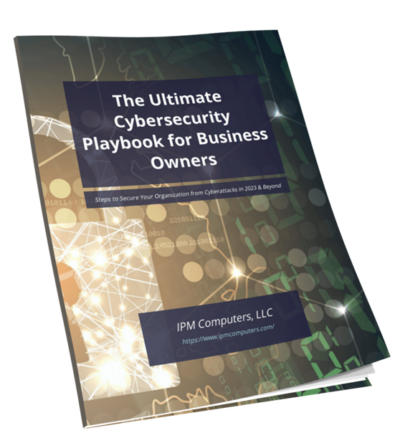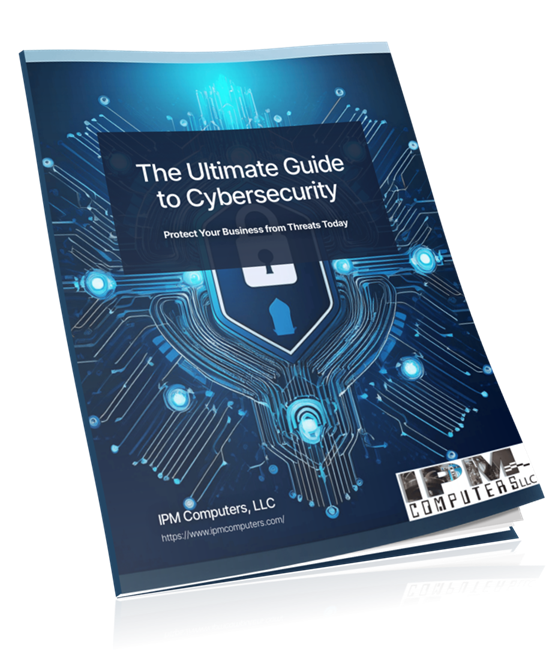In agriculture, every day is different—but technology is now as much a part of your work as tractors, irrigation, and feed. GPS-guided equipment, automated irrigation systems, herd management software, drone mapping, weather monitoring — they’re all part of modern operations.
When those systems go down, it’s not just frustrating. It can cost real money in lost time, missed opportunities, and even crop loss. That’s why more producers are turning to managed IT services — ongoing support from experts who keep your tech working so you can keep working.
Rather than hitting you with tech jargon, let’s walk through a typical day and see where managed IT quietly makes the difference.
Morning: Field Work and System Start-Up
You start the day by checking:
- Today’s field plans on your farm management software
- GPS guidance systems on tractors
- Sensor readings from soil moisture monitors
The Problem
The GPS system won’t sync with the mapping data from your management software. The fix used to mean calling the dealer, waiting on hold, and maybe losing crucial hours in ideal planting weather.
Managed IT in Action
Your IT provider remote-connects to both systems, finds a software update issue, and fixes it in minutes. They also set up automated sync checks so it doesn’t happen again.
Managed IT uses remote monitoring tools that can see when one tech system is “arguing” with another before it even reaches you — and fix it real-time.
Midday: On-the-Go Connectivity
By midday you’re:
- Receiving updated irrigation schedules from the system on your phone
- Pulling livestock feed inventory numbers from your barn’s connected devices
- Checking a drone’s live video feed for pest damage in a field
The Problem
The farm’s wireless network is acting up in certain areas, breaking the drone feed and delaying irrigation updates. Without it, you’re driving back and forth to manually confirm details.
Managed IT in Action
Your provider has already mapped your coverage and can spot a signal drop in one of the access points. They guide you over the phone to reset it and push out a firmware update, restoring strong coverage to the weak zone.
Think of a IT provider like the mechanic for your digital equipment — maintaining the “invisible engines” that keep your connected gear running.
Afternoon: Data Security While You Work
Later in the day, you:
- Email customer contracts from the farm office
- Upload grain yield data to a buyer’s portal
- Access financial reports with your accountant via shared drives
The Problem
You learn about a phishing email targeting local businesses that’s tricking people into giving up login credentials. You’re worried you or another worker could click the wrong thing.
Managed IT in Action
Your IT team has email filtering in place that blocked the spoofed emails before they reached inboxes. They also run short online refreshers with your office staff about recognizing suspicious messages — and they’re always on call if something slips through.
Managed IT isn’t just about fixing things — it’s about preventing problems, especially with cyber threats that don’t care if you run a tech firm or a farm.
Evening: Backups and the “What If” Moments
As the day winds down, your systems sync:
- Equipment usage logs
- Livestock health records
- Current market order statuses
The Problem
A sudden power outage knocks out the office computer, which contains local files not yet uploaded. In the past, that might mean losing records for the day.
Managed IT in Action
Those files have already been backed up automatically to a secure cloud every hour. Once power is restored, they’re right where they should be — nothing lost, no re-entry needed.
A Managed IT provider follows the 3-2-1 backup rule — 3 copies of your data, on 2 different media types, with 1 stored offsite — so a lightning strike doesn’t take your records with it.
Why It Matters Year-Round
Farming and ranching don’t run on 9-to-5 schedules. Managed IT support keeps pace with your seasons and your rhythms, stepping in to:
- Keep connected equipment talking to each other
- Maintain secure, reliable internet for remote fields & offices
- Protect sensitive data from both accidents and bad actors
- Minimize downtime during high-pressure windows like planting and harvest
- Help plan tech upgrades that actually fit your operation (and your budget)
In short, it’s support that pays for itself in uptime, security, and peace of mind.
Managed IT’s Place in Your Tech
Today’s agriculture is precision-based, data-driven, and spread across multiple connected devices. Consider just a few examples that benefit directly from managed support:
- Precision Ag Equipment: GPS systems, yield monitors, auto-steer.
- Environmental Monitoring: Soil health & moisture sensors, weather stations.
- Livestock Tech: RFID tracking, feeding automation, health monitors.
- Business Ops: Financial software, customer relationship management, e-commerce.
When those tools stop talking to each other, production slows. Managed IT keeps communication clear.
Frequently Asked Questions About Managed Services for Farming Operations
Is Managed IT just for big corporations?
No, smaller and local family farms often benefit the most because downtime can hit harder without backup staff and equipment.
What if my operation is in a rural area with limited connectivity?
A Managed IT provider can optimize your existing network, set up boosters, and recommend hardware to get the most from your connectivity.
Can Managed IT actually prevent cyberattacks on a farm?
It can significantly reduce risk. With firewalls, email filters, and security training, most common attacks are blocked before they cause harm.
Will they work on my older equipment software?
Yes, part of Managed IT’s role is bridging the old and new, keeping older compatible systems running alongside modern ones.
Is IT integration with my operations expensive?
Compared to the cost of losing a planting day, re-entering lost records, or paying a ransom for hijacked data, Managed IT is often a fraction of the cost — and typically billed in predictable monthly terms.
Do I have to sign a long contract?
Many providers offer flexible agreements. The key is finding one that understands seasonal workloads and can scale support up or down.
Can they help with planning future tech purchases?
Absolutely, from choosing compatible systems to mapping upgrade paths, their guidance saves money and headaches.
Focus on Harvesting—We’ll Handle IT
You’ve already modernized your machinery, irrigation, and herd management — your tech support should keep pace with how you actually work. Managed IT for agriculture isn’t about adding complexity; it’s about making sure the complexity you already have runs smoother, lasts longer, and keeps you in control.
Because whether it’s a combine in the field or a server in the office, downtime costs the same: time, money, and opportunities you can’t get back.






